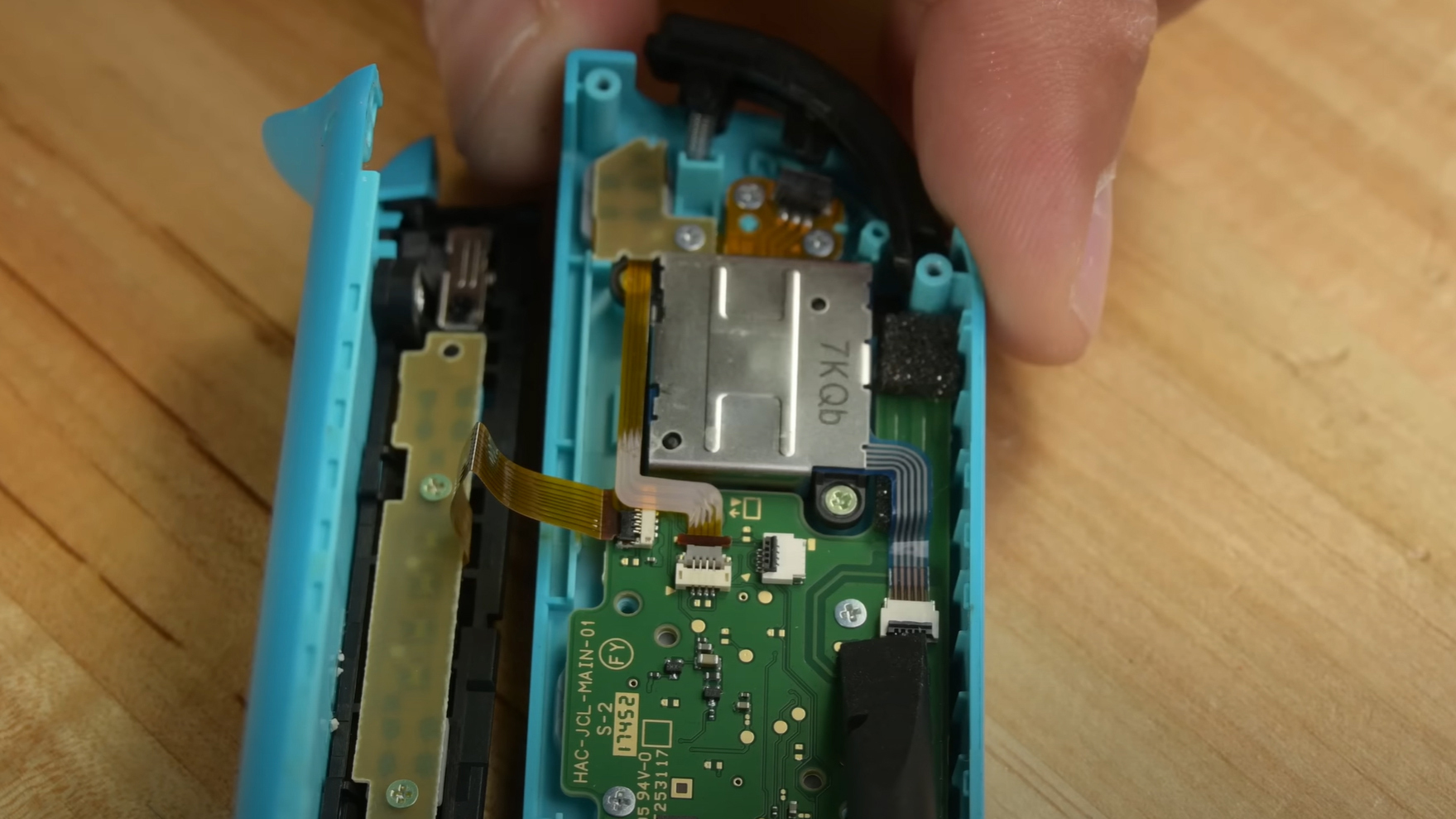Chances are that you’re reading this post because you’ve run into the dreaded Nintendo Switch Joy-Con drift. Well, I’ve got good news and bad news for you. The bad news first: you’ll probably run into this problem again…and again, and again. If you repair the stick or buy another Joy-Con, that is. Now for the good news, after six long years we finally have a potentially permanent fix. Enter Hall effect sensor thumbsticks for the Joy-Con. Let’s try them out.
The Root of Switch Drift
Joy-Con drift is an issue where the analog sticks on the controllers register movement without any user input, causing input ‘drift’ in the game. This problem has become so common that Nintendo decided to offer free repairs for drifting Joy-Cons, even those out of warranty. Despite this, the issue seems relentless, often recurring mere months after a repair, much to the distress of the gaming community.
A Permanent Fix
Gulikit’s replacement joysticks are designed to tackle this issue head-on. The secret sauce? It’s all in the use of Hall effect sensors. Unlike the damage-prone resistive film used in the potentiometer based sticks in the original Joy-Con design, Hall effect sticks employ a magnet and sensor combination that never come into contact with each other.
This technique eliminates the need for physical contact between the problematic components, reducing wear and tear and drastically improving the joystick’s longevity. The result? A permanent fix to the notorious Joy-Con drift issue.
The Case for Modular Design
OEM’s, whether Nintendo or Apple (or anyone else for that matter), are not omnipotent tech gods capable of predicting everything that can go wrong. And that’s ok. It is important however, that tech is built to account for repairs if and when things do go wrong.

The modularity of the Joy-Con’s design, together with the Switch’s built-in calibration software, is what allows this third-party solution to work. A modular design makes repairs more feasible and extends the product’s lifespan—something that’s beneficial for consumers and also for the environment. Modularity reduces e-waste and promotes a more sustainable approach to technology.
There’s nothing wrong with allowing the open market and its innovators to step in and fix a problem. Allowing for third-party access and consumer choice is a big part of the right to repair. Would it be even better if Nintendo designed the solution, rather than shipping the same faulty sticks in refreshed consoles? Sure. But one step at a time.
A Post-Drift World
Manufacturers should own up to design flaws, even those unintentionally introduced. We’re happy to see Nintendo offer mail-in repairs, but we’d like to see more. By providing replacement parts and endorsing self-repair, manufacturers can foster trust and loyalty in consumers, ensuring their products remain functional and relevant for a longer period.
Gulikit’s solution is not a technological breakthrough by any means, Hall sensors have been around for decades, but they are the answer to a problem dating from the Switch launch in 2017. These Hall-effect joysticks could be the turning point in the narrative of the Joy-Con drift saga. Provided the part design and quality assurance is up to snuff, we now have a solid solution to a problem that has plagued gamers for years.
The Future of Gaming Repair
Now is the time for manufacturers to step up their game. Build modular. Build for longevity. And most importantly: design with repair in mind. Let’s create technology that not only captivates and innovates but also respects and values the consumer’s right to repair. After all, the essence of technology is to make our lives better, and what’s better than a frustration-free gaming experience? Right to repair can help.





crwdns2944067:05crwdne2944067:0
I've swapped in a few of these gulikit sticks so far and they're working okay so far. The one that ended up in my primary joycon makes a sound like a spring when moving to the down position from left or right, so I have some concerns about the longevity of the rest of the sticks. Especially given that I bought several of the Gulikit Universal Charging kits for switch that were all dead on arrival.
Trae Block - crwdns2934203:0crwdne2934203:0
%#*@ that’s some good advice. Thanks now I will never get joy con drift. Your the best, cya (another day).
LigmaBallW - crwdns2934203:0crwdne2934203:0
Man I need that f-ing things to prevent joy con drift.
LigmaBallW -
Where can I buy this from. I really need it to prevent joy con drift.
LigmaBallW - crwdns2934203:0crwdne2934203:0
I was delighted when I successfully replaced the joycon analog sticks with Hall Effect sensors. The instructions were good, and I was grateful that (for at least the left joycon) there was a video because I was unsure of what to disconnect at one point and the video clarified that. My strong suggestion is that a repairer read the entire set of instructions before proceeding. I say this because (especially on the right joycon) the instructions tell you about a ribbon cable to remove, so I removed it and only then read that it's hard to put back so they suggest you don't remove it at all. Oops, too late! So, the repair is delicate---don't do it when rushed or stressed. Take your time, have fun and mine now works perfectly once done.
Judy Powers - crwdns2934203:0crwdne2934203:0